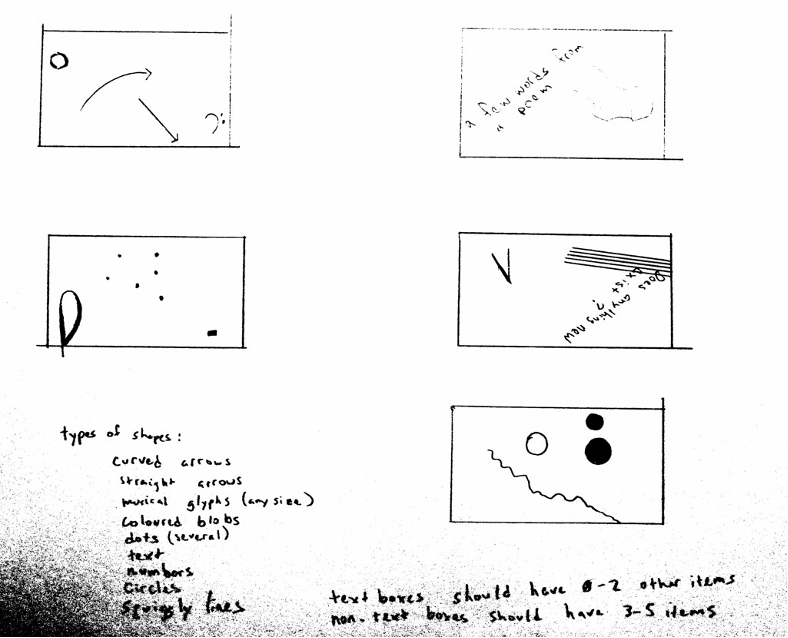Seminar Blogs
“Prescription, Description and the Avenues of Transmission” – Hannah Harder

When artist and scholar Suzan Tunca brought up the importance of worldmaking in dance, it seemed to be evocative for a discipline seeped in western classicism. Using Nelson Goodman’s philosophical work Ways of Worldmaking (1978), Tunca describes that artistically, we behave by constitutively “rendering” our world. Instead of values of correctness, it is subjectivity that tests artistic expressions through various applications and re-examinations. With this lens of worldmaking, there is only appreciation and recognition. However, with historical ideas of aesthetic perfection, transmitting dance or musical knowledge required categorization and delineation. The value of historically high arts can often seem to come from the correctness of skill or perfect mimicry.
There are many parallels between music and dance, both are ephemeral performances and both have been disciplined through western classical traditions. While music has solidified a standardized notational form, dance relies on a variety of transmissions from notation, recording, visual mimicry and verbal metaphor. Dance is not pure mimicry, but needs ideas, intentions and creative metaphors. Like dance, music is not simply a prescriptive form. Although the notational system dictates pitch and rhythm, this knowledge is not what makes a performance or constitutes an affective musical world. Metaphors are thrown around recklessly as self-evident things used to describe timbre, harmony, motivation or character. Musicologists are serious folks that will describe harmonic progressions as “crunchy” while keeping a straight face. I have had orchestral conductors tell me to try to sound more like a violin while I am clearly holding a woodwind instrument. Sound is not self-evident, nor easily dictated through abstract descriptions. In embracing creative metaphors that aim for embodied understandings, we can come to artistic understanding that is founded on an appreciation of the variety of affective worlds. If we understand how and why we want to make sound, we can come to embody relationships with sound that paint a complex worldmaking event. Music is more than prescribing pitch and rhythm as it presents intimate intent and understandings of sonic tapestries. Disseminating dance knowledge concerns not just the abstraction of potential gestures, but embraces the range and flexibility that comes from subjective knowledge. Like music, we can embrace embodiment through mobilizing creative language and allotting a more diverse potential for action and affect.
There is also another consequence in this focus on new ways to transmit knowledge. It makes disciplines like music or dance more democratic, since anybody can come to understand the art through their subjective relations to creative metaphors, intentions and paths of growth. In the same vein, music is more than a notational prescription, and creative extensions of notational systems can utilize language and ideas to open up more potential worlds for music creation. Transmitting artistic knowledge is imperative for our highly interconnected world that comprises disparate and adjunct subjectivities.
References:
- Goodman, Nelson. 1978. Ways of Worldmaking. Harvester Studies in Philosophy, 5. Hassocks: Harvester Press.
*Image credits: Charles Hutchins – Sketches is licensed under (CC BY 2.0)

